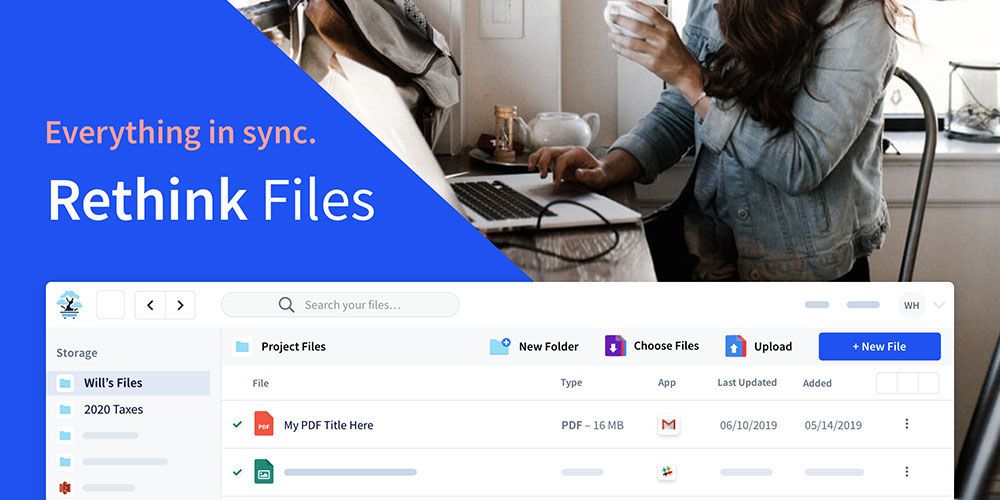If you don’t own a Kindle yet, we heartily recommend you buy one.
Kindles have dramatically longer battery lives than smartphones and tablets, and allow you to carry around thousands of books everywhere you go. Ultimately, owning a Kindle can help you read more books in less time.
However, as awesome as Kindles are out of the box, there are a collection of websites that you should use to get even more out of your Kindle. The following Kindle websites are the perfect companions to your ereader.
1. OverDrive: Borrow From Public Libraries
![OverDrive Best Kindle Sites]()
Anyone can browse OverDrive’s huge selection of ebooks and view samples of any title, but you’ll need a library card to check one out to your Kindle. The borrowing period typically depends on the library you use to check out the ebook.
It’s also worth mentioning that this Kindle-friendly site lends out audiobooks as well. There are several differences between podcasts and audiobooks, but podcast-lovers will still feel right at home with an audiobook.
After all, both let you drive your car, exercise, or do work while listening to something compelling. And since audiobooks are really expensive, you can save a lot of money by borrowing them instead.
2. Book Lending: Lend Your Ebooks to Others
![Book Lending Best Kindle Sites]()
Book Lending is an interesting service that complements, rather than overlaps with, OverDrive. Whereas OverDrive is all about borrowing from a public library, Book Lending offers a crowd-sourced group of users who share their ebooks with each other.
As a participant, you can put up your ebooks to lend and choose to borrow the ebooks that others have put up. Just keep in mind that during the 14-day loan period, you can’t read the ebooks you loaned out. Since ebook lending is an Amazon feature, there’s no risk: Book Lending simply matches borrowers with lenders (and vice versa).
3. Instapaper: Send Web Articles to Your Kindle
![Instapaper Best Kindle Sites]()
Instapaper is a simple service that lets you store web articles in one place. This way, you can read through them all at once when you have some free time. It also has a bunch of other nifty features, like letting you share those articles with others, and exporting them so you can read them on other devices.
As a Kindle user, Instapaper is great because you can set it to periodically send your articles over to your Kindle device in a readable format. So as you browse the web, you can save articles for later, then wake up to your article-filled Kindle. It basically turns your Kindle into a morning newspaper!
4. Kindle4RSS: Send RSS Feeds to Your Kindle
![Kindle4RSS Best Kindle Sites]()
Many years ago, KindleFeeder exploded in popularity. This site allowed you to set up RSS feeds, turn them into an “e-periodical” ebook, and deliver them to your Kindle device every night. Unfortunately, the site stopped accepting new registrations in 2013.
Kindle4RSS is a similar but lesser-known alternative that serves the same basic purpose. After you set up a bunch of RSS feeds, you can then send them to your Kindle.
You can send up to 25 articles at a time with the free plan, and each delivery comes with a “Table of Contents” for easy browsing. All images are included in the delivery, and it can also convert partial-text feeds into full text, which is surprisingly convenient.
5. Online-Convert: Convert Between Ebook Formats
![Online-Convert Best Kindle Sites]()
Not all ebook formats are equal, and not all ebooks are produced in all formats. Imagine stumbling across a free offer for a highly-anticipated novel that’s only available in LIT or FB2 formats. Or perhaps you have an older Kindle that can’t read a newer Kindle format. Either way, an online converter is the way to go.
Online-Convert is one of a handful of high-quality online ebook converters you can use for almost every format. Although there are other tools of its kind, this is the most straightforward one that we’ve found.
Supported formats include AZW3, EPUB, FB2, LIT, MOBI, PDF, and more. You can convert files from any supported format to any other supported format listed on the site.
6. IFTTT: Automate Kindle Tasks
![IFTTT Best Kindle Sites]()
IFTTT is an automation service that lets you set up “triggers” and connect them with “actions” that are performed any time the given trigger occurs. For example, one IFTTT recipe sends any article in Pocket tagged as “Kindle” over to your device.
You can search the IFTTT site for pre-existing recipes, but it’s most effective if you learn how to create your own IFTTT recipes. Since the site supports thousands of different triggers and actions, your imagination and ingenuity are the only limits as to what you can do.
7. KBoards: An Online Forum for Kindle Users
![KBoards Best Kindle Sites]()
It might seem weird that thousands of Kindle users check into KBoards every day to discuss all manner of Kindle-related topics, but it happens. Here you’ll find subsections dedicated to specific devices, activities, and ebooks.
In other words, it’s the perfect place to ask for technical support, find out about Kindle tips, discuss books, and chat with other members of the Kindle community. The sections for device reviews, trading devices, and finding cheap Kindle books are sure to come in handy as well.
8. r/Kindle: A Subreddit for Kindle Users
![r/Kindle Best Kindle Sites]()
Not a fan of Reddit? Then feel free to gloss over this one. Reddit is a Top 25 website in terms of worldwide traffic, so it should be your first stop any time you’re looking for an active online community. At the time of writing, r/Kindle has over 81,000 subscribers and dozens of new threads every day.
Most new threads are support requests, but the subreddit can be a great way to stay on top of Kindle-related news. You’ll also find reviews for new devices, occasional links to Kindle book deals, and a monthly “What Are You Reading?” thread which can lead to some interesting new reads.
![Kindle Chronicles Best Kindle Sites]()
The Kindle Chronicles podcast has been around since 2008, which is an incredible run for any podcast, let alone one that focuses on a topic as niche as the Kindle. Each episode has a guest that talks about various subjects related to Kindles, ebooks, ereaders, Amazon devices, and more.
Some of the later episodes aren’t as Kindle-focused, but you can always delve into the podcast’s archives and listen only to Kindle-related episodes.
![Facebook Best Kindle Sites]()
Facebook isn’t everyone’s favorite social media site, and that’s understandable. However, it does have an active Kindle community. The official Amazon Kindle page gives you your daily dose of Kindle news and book recommendations, and also lets you interact with other Kindle users.
If you’re not comfortable interacting with such a large community, Facebook is home to several smaller Kindle book clubs and groups. Simply search for “Kindle” in Facebook’s search bar, and you’ll see several communities dedicated to sharing free ebooks and discussing Kindle-related topics.
Use These Sites to Get More From Your Kindle
Whether you want to chat with other Kindle users, convert file formats, or borrow ebooks, these Kindle websites are essential bookmarks. And if you want to get even more from your Kindle, check out these apps and sites every Kindle owner will love.
Read the full article: 10 Useful Kindle Sites You Should Know About



















